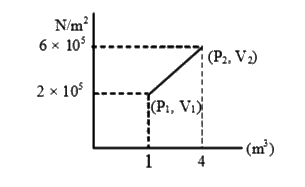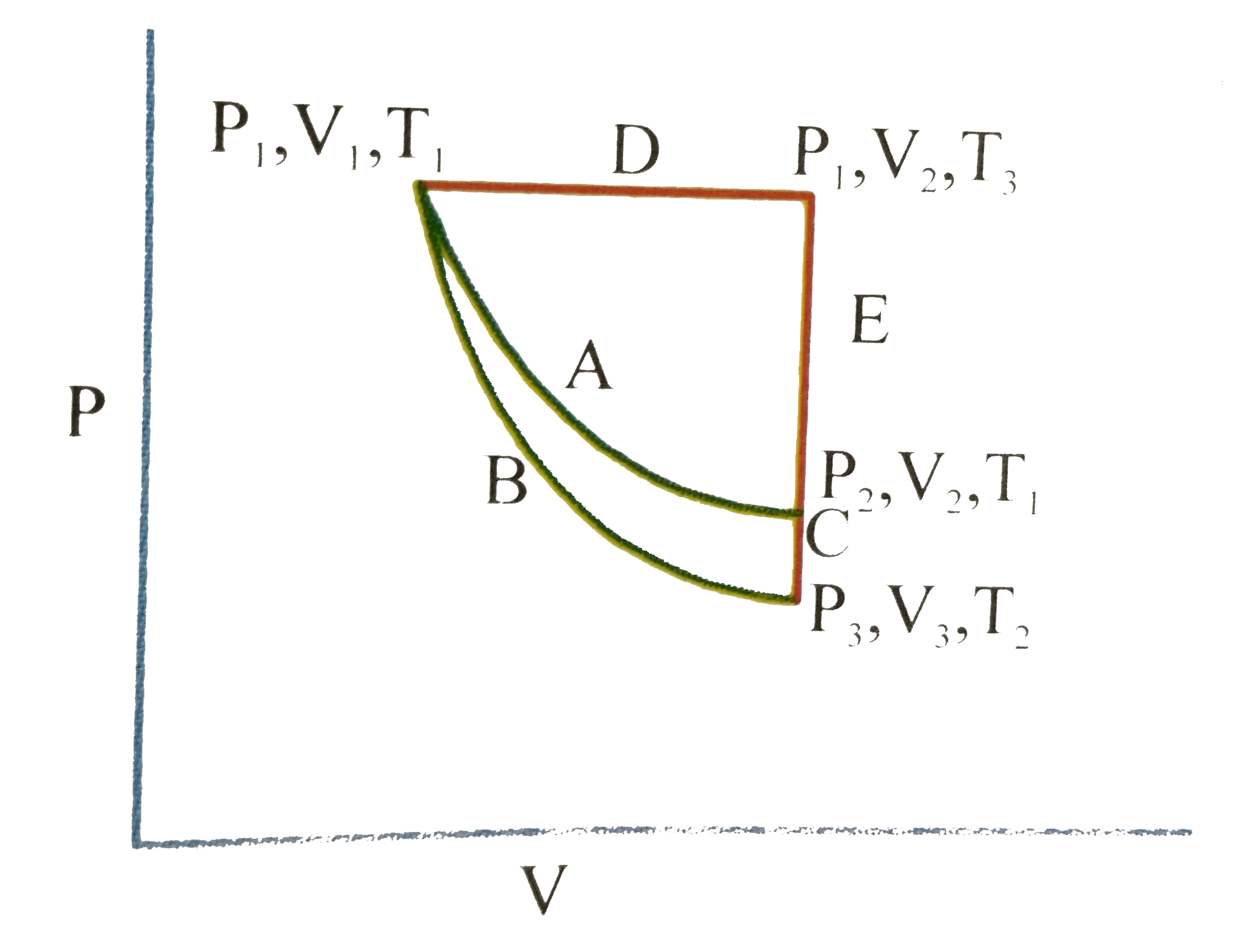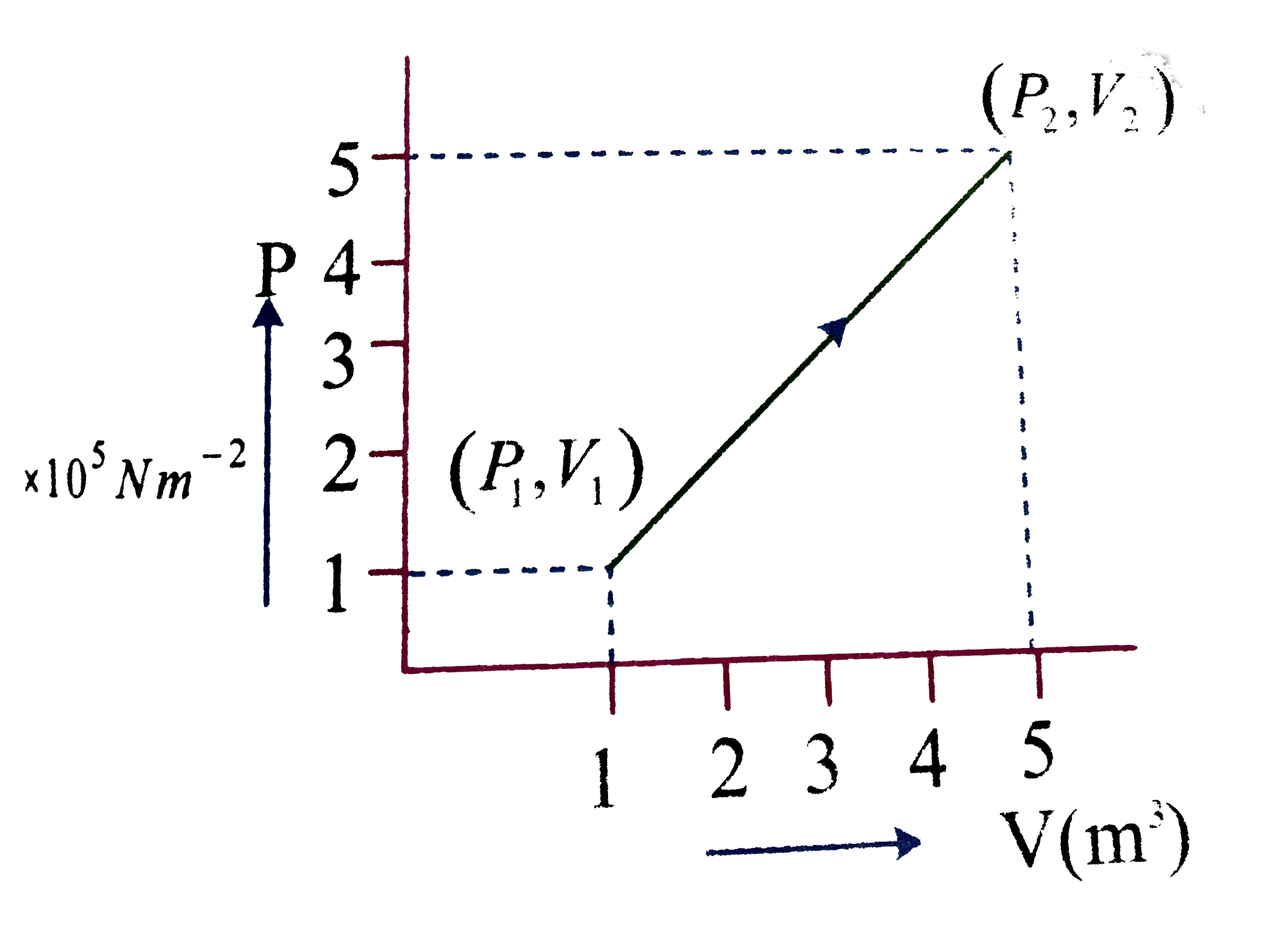A gaseous system changes from state A(P1,V1,T1) to B(P2,V2,T2), B to C(P3,V3,T3) and finally from C to A. The whole process may be called
Reversible process
Cyclic process
Isobaric process
Spontaneous process.
The correct Answer is:B
Because the system returns to its original state
Topper's Solved these Questions
Similar Questions
Knowledge Check
A gaseous system changes from state A(P1,V1,T1) to B(P2,V2,T2) to C(P3,V3,T3) and finally from C to A. The whole process may be called :
AReversible processBCyclic processCIsobaric processDSpontaneous processP1V1T1=P2V2T2 is -
ABoyle's LawBCombined gas lawCCharles LawDNone of theseA system Xundergoes following changes
XP1V1T1→WP2V2T1→ZP3V2T2→XP1V1T1
The overall process may be called asAReversible processBCyclic processCCyclic reversible processDIsochoric process
A system changes from the state (P1,V1) to (P2,V2) as shown in the figure below. What is the work done by the system –

View SolutionA thermodynamic system goes from states (i) P1,V to 2P1,V (ii) P,V1 to P.2V1. Then work done in the two cases is
View SolutionFor an ideal gas, an illustration of the different paths, A (B+C) and (D+E) from an intial state P1,V1,T1 to a final state P2,V2,T1 as shown in the given figure.

Path (A) represents a reversible isothernal expanison from P1V1 to P2V2. Path (B+C) represents a reversible adiabatic expansion (B) from P1,V1,T1 to P3,V2,T2 followed by reversible heating the gas at constant volume (C) from P3,V2,T2 to P2,V2T1 to P1,V2,T3 followed by reversible cooling at a constant volume V2 (E) from P1,V2,T3 to P2,V2,T1
What is ΔS for path (D+E) ?
View SolutionAn ideal gas follows a process described by PV2=C from (P1,V1,T1) to (P2,V2,T2) (C is a constant). Then
View SolutionOne mole of hydrogen, assumed to be ideal, is adiabatically expanded from its initial state (P1,V1,T1) to the final state (P2,V2,T2). The decrease in the internal energy of the gas during this process will be given by
View Solution

